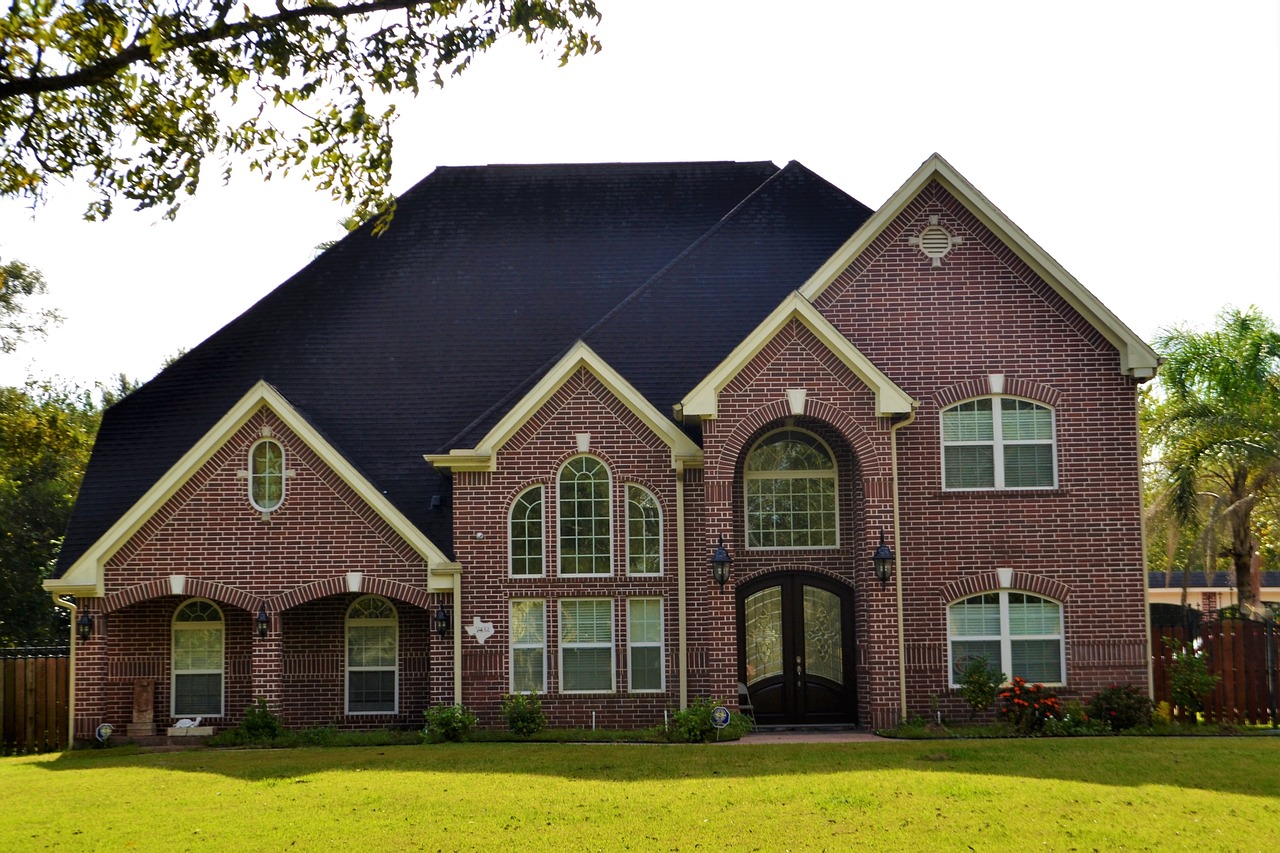Eight popular house siding options
Few home improvements or repairs can enhance the curb appeal and value of your house like а new siding. Changing or updating the siding on your home is one of the most important home improvements you can make.

Few home improvements or repairs can enhance the curb appeal and value of your house like а new siding. Changing or updating the siding on your home is one of the most important home improvements you can make. However, this is easier said than done. With so many different siding options to choose from, choosing one can be overwhelming. Learn more about today’s most popular siding materials to make an informed decision.
Wood
Wood siding is one of the most attractive and perhaps the most traditional type of home siding options. It is versatile and available in many different styles, finishes and textures. Common types of wood siding include wood planks, boards or panels, and shingles. While you can choose from a variety of wood siding options —pine, spruce, fir, cedar, redwood—not all may be suited to your region or climate.
Installing real wood siding can be a difficult and costly endeavor, and does require an exterior finish. It also requires quite a bit of maintenance (power washing, staining and sealing ). Homeowners should regularly check for the integrity of their siding.
Brick
Brick is one of the oldest building materials. They are eco-friendly and can be used or re-used. On top of its durability and aesthetics, it is also very low-maintenance. The one major downside is that though the bricks themselves are highly durable, the mortar in between can wear away.
As with the time the cost of the material went up, it was used less as a structural material and more as a covering. The most common use of brick today is brick veneer. It is commonly used as an accent piece to a home while the rest of it is covered with siding or another material.

Stone
Stone is among the most durable and low maintenance siding options. It is very costly, heavy and requires professional installation. Stone veneer siding, on the other hand, looks like real stone, acts like real stone, and can be easily cut and installed.
Apart from natural stone and stone veneers, there are also manufactured stone veneers, made from a mixture of Portland cement, lightweight aggregate and iron-oxide pigments. Manufactured stone veneers are rapidly gaining popularity as they continually improve over the years to become almost indistinguishable from natural stone. Faux stone veneer siding is cost-saving, as it is cheaper than natural stone, is more predictable, when it comes to color and texture, it is generally lighter than natural stone and it it easier to cut and install.

Vinyl
Vinyl siding is a fairly popular choice. It is a synthetic home exterior material, which is weather- and insect-proof, fade-resistant, and remains one of the cheapest materials to install. It comes in a range of styles, textures, and colors including vertical and horizontal panels and wood shake/shingle styles.
However, vinyl is not as durable as some of the other siding options available and it does require some maintenance, however, because mold and grime can accumulate.
Metal
Metal siding and roofing are on the rise and becoming more and more popular in residential homes. It is resistant to bugs, mold, and fire. Two main options are available when it comes to metal siding. First is the version that looks like metal. Those that prefer a more natural look might prefer imitation wood made from metals.
As for the metal itself, the most common varieties are steel and aluminum.Steel is more expensive but lasts far longer. Aluminium, on the other hand, is much cheaper and is the better option for environments with high humidity, especially coastal areas with salty air.
Fiber cement
Fiber cement siding is a high-quality material that, when made and installed properly, can look and act like almost any other siding material – vinyl, cement, wood, etc. It is durable, very low-maintenance, and because it is made from recyclable materials, it is resource-efficient.
Fiber cement siding is impervious to wood-boring insects, rot, deterioration from salt and ultraviolet rays. It also carries a 1A fire rating and is available in a full range of wood-like lap and shingle styles and colors. The biggest con of fiber cement is its weight. Although it is not as heavy as brick or natural stone, it is still heavy enough to boost installation costs.
Stucco
Stucco is normally a mixture of cement, lime or sand and can be painted almost any color. It can be given different shapes and textures. Stucco siding is really long-lasting – it can last 50-80 years, when properly made and installed. Stucco is a popular siding for dry climates, but it really does not do well in areas with excess moisture.
Stucco siding insulates the home and reduces the heating or cooling costs, it is easy to maintain and is resistant to fire, bugs, etc. The main downfall is that it is expensive to install.
Concrete
Concrete is a mixture of cement, gravel, sand, and water. It is best known for its durability and strength – it can last up to hundreds of years. It can withstand storms and tornadoes, as well as floods. Concrete is very low-maintenance and is one of the most energy efficient sidings, reducing cooling and heating costs. But the cost of installation is high.
